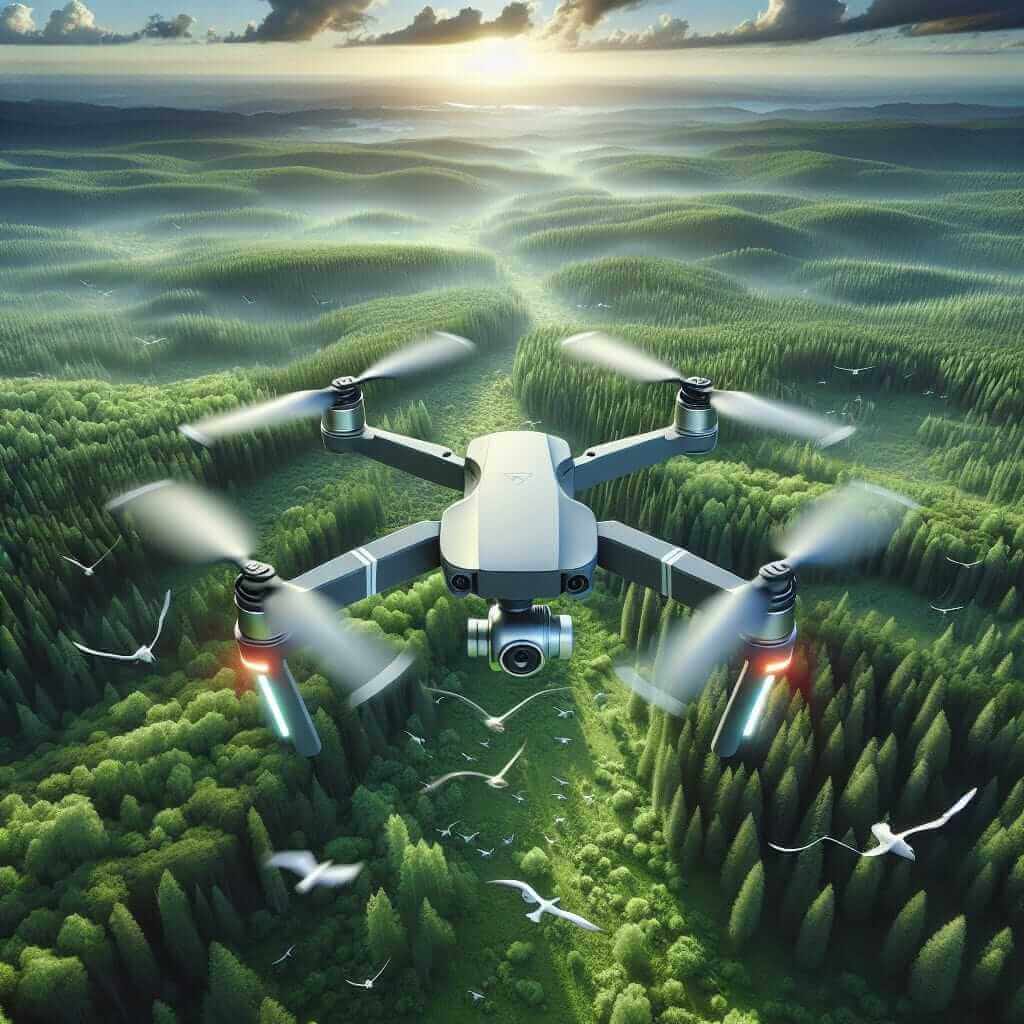The IELTS Reading section is designed to assess a range of reading skills, such as reading for gist, reading for main ideas, reading for detail, skimming, understanding logical arguments, and recognizing writers’ opinions, attitudes, and purpose. One increasingly pertinent topic for the Reading exam is the application of Artificial Intelligence (AI) in tackling environmental issues. This topic has gained traction due to its relevance and timely importance, and it is possible that it could be the subject of future IELTS Reading passages.
Main Content
Sample Reading Passage: Medium Text
Title: How AI is Tackling Environmental Issues
Artificial Intelligence (AI) has rapidly evolved over the past few years, extending its applications beyond mere technological realms to addressing pressing global challenges such as environmental degradation. By leveraging machine learning algorithms and vast datasets, AI has been instrumental in devising solutions that monitor, predict, and mitigate environmental issues.
One significant application of AI is in climate change mitigation. AI-driven models enable more accurate climate predictions by analyzing complex data patterns from historical weather data, satellite images, and even social media trends. Such precise forecasting helps governments and organizations to better prepare for and respond to natural disasters like hurricanes, floods, and wildfires.
Moreover, AI is revolutionizing conservation efforts. In specific instances, AI-equipped drones are used to monitor wildlife populations and combat illegal poaching activities. These drones are programmed to identify and alert authorities about suspicious activities in real-time, thereby enhancing the effectiveness of conservation initiatives.

Another profound impact of AI is observed in pollution control. AI-powered sensors are increasingly being used to detect and analyze pollutants in air and water. Such systems can predict pollution trends and identify sources of contamination, enabling quicker and more efficient responses to environmental hazards.
Similarly, sustainable agriculture has benefited from AI innovations. By integrating AI with Internet of Things (IoT) devices, farmers can optimize water usage, predict crop yields, and minimize resource wastage. This not only boosts agricultural productivity but also promotes eco-friendly farming practices.
In conclusion, as the world grapples with environmental challenges, AI stands out as a potent tool offering actionable insights and solutions. By harnessing the power of AI, humanity gains a formidable ally in the struggle to preserve and protect our planet for future generations.
Comprehension Questions
Multiple Choice Questions
-
What is one major way AI helps in climate change mitigation?
- A. By reducing carbon emissions from factories
- B. By enabling precise climate predictions
- C. By controlling the ozone layer
- D. By planting more trees
-
How are AI-equipped drones utilized in conservation efforts?
- A. They predict weather patterns
- B. They monitor wildlife populations and illegal poaching
- C. They plant trees in deforested areas
- D. They analyze soil quality for farming
True/False/Not Given
3. AI can analyze data from social media trends to predict natural disasters.
- True
- False
- Not Given
- AI systems are currently unable to detect pollutants in water.
- True
- False
- Not Given
Answer Keys
- B. By enabling precise climate predictions – The passage mentions that AI-driven models “enable more accurate climate predictions” helping to prepare for natural disasters.
- B. They monitor wildlife populations and illegal poaching – The text specifies that “AI-equipped drones are used to monitor wildlife populations and combat illegal poaching activities.”
- True – The passage indicates that AI analyzes data patterns including those “from social media trends” to predict natural disasters.
- False – It is stated that “AI-powered sensors are increasingly being used to detect and analyze pollutants in air and water.”
Common Mistakes
- Misinterpreting the Question: Ensure you fully understand what the question asks—focus on whether it’s about AI applications, climate change, or conservation efforts.
- Overlooking Key Details: Pay attention to specific phrases such as “AI-driven models enable more accurate climate predictions” which indicate the primary function of AI in that scenario.
Vocabulary
- Mitigate (verb) /ˈmɪtɪɡeɪt/: To make less severe.
- Example: AI helps mitigate the effects of natural disasters.
- Algorithm (noun) /ˈælɡəˌrɪðəm/: A process or set of rules followed in calculations or problem-solving.
- Example: The algorithm predicted an increase in pollution levels.
- Conservation (noun) /ˌkɔːnsərˈveɪʃən/: The action of conserving something, in particular.
- Example: Conservation efforts have been bolstered by AI.
Grammar
Relative Clauses: Used to add extra information to a sentence.
- Example: “AI is a tool that offers solutions to environmental issues.”
- Could replace “which” in some sentences.
Advice for Achieving High Scores in the Reading Section:
- Practice Regularly: Consistent practice with passages of varying difficulty sharpens your comprehension skills.
- Expand Vocabulary: Familiarity with a wide range of topics and their associated vocabulary can help you better understand passages.
- Skimming and Scanning: Develop the ability to quickly discern the main ideas (skimming) and locate specific information (scanning) within the text.
- Time Management: Allocate your time wisely, ensuring you have enough time to answer all questions.
- Note Keywords: Highlight important words or phrases that relate directly to the questions.